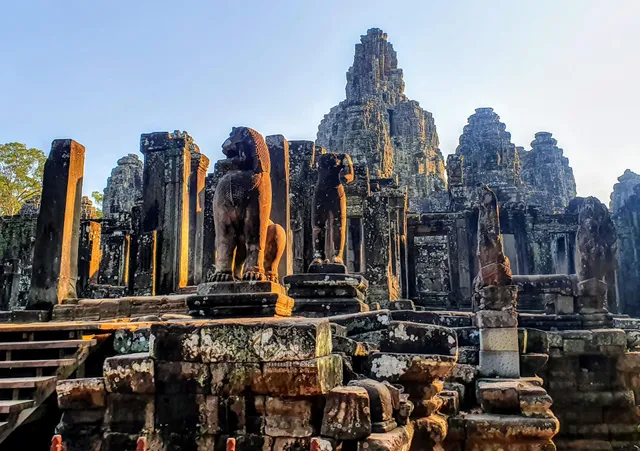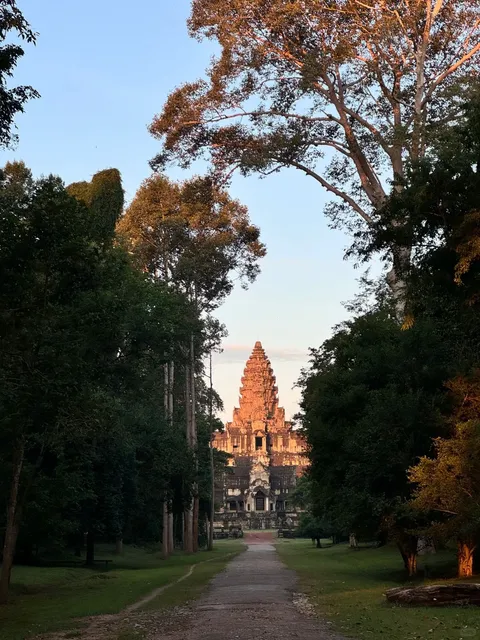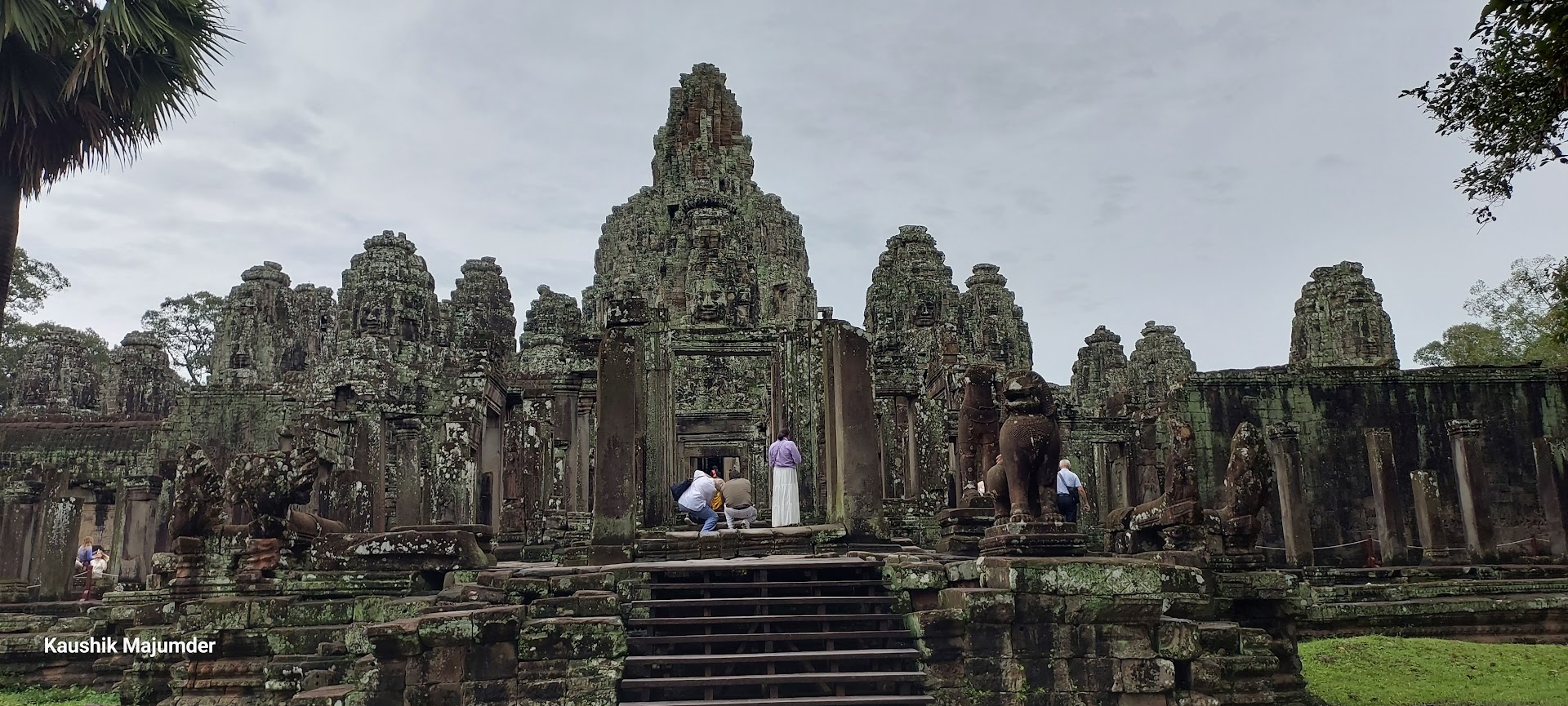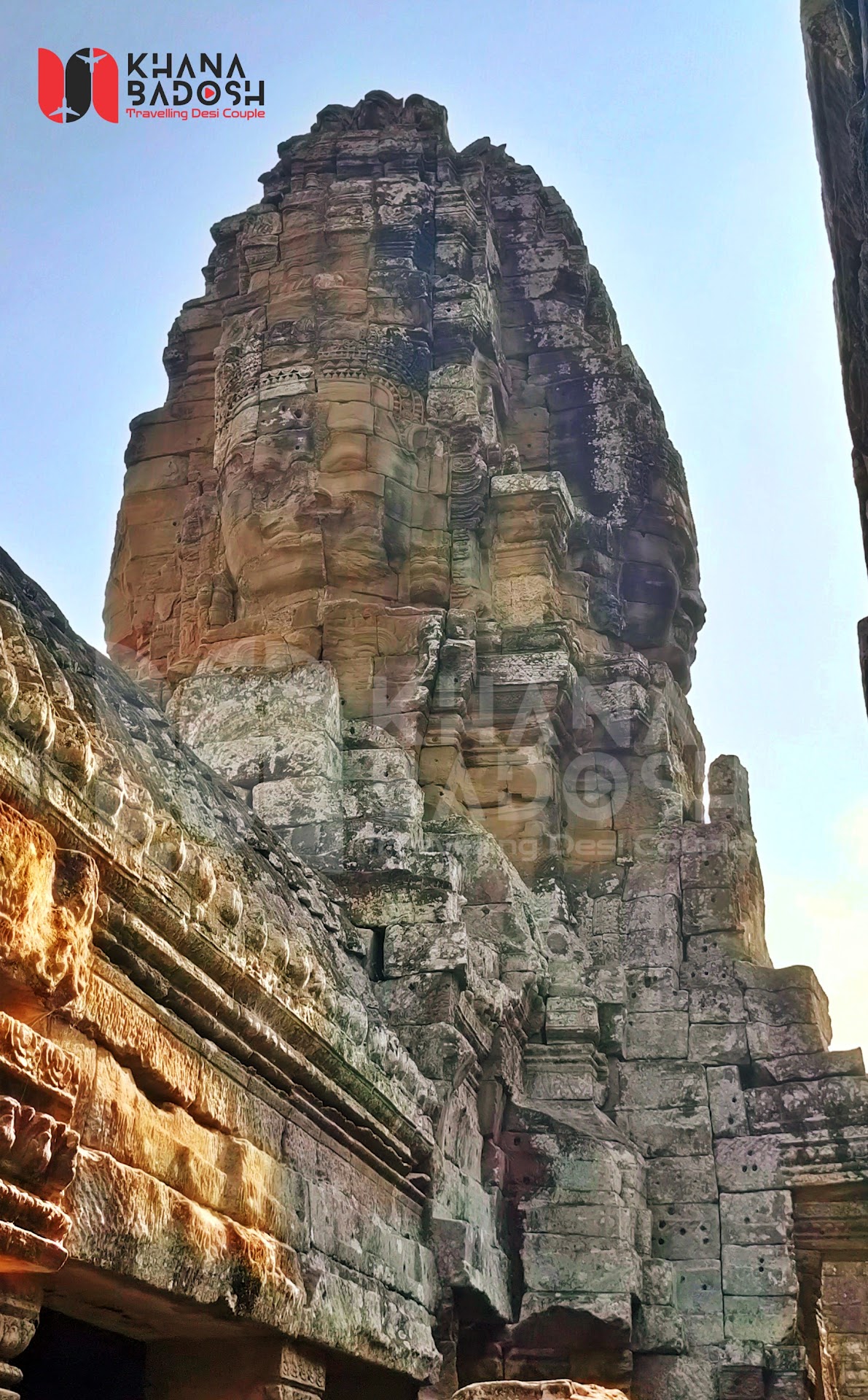Bayon Temple things to do, attractions, restaurants, events info and trip planning
Basic Info
Bayon Temple
Krong Siem Reap, Cambodia
4.8(5.6K)
Open 24 hours
Save
spot
spot
Ratings & Description
Info
Cultural
Scenic
Family friendly
attractions: Wat Preah Ngok, Baphuon Temple, Terrace of the Elephants, Suor Proat Temple, Phimeanakas Temple, Preah Ponlea Sdach Komlong (Terrace Of The Leper King), Tep Pranam Temple, Prasat Preah Pithu Group, Palilay Temple, restaurants:
 Learn more insights from Wanderboat AI.
Learn more insights from Wanderboat AI.Phone
+855 63 765 577
Website
angkorenterprise.gov.kh
Plan your stay

Pet-friendly Hotels in Siem Reap
Find a cozy hotel nearby and make it a full experience.

Affordable Hotels in Siem Reap
Find a cozy hotel nearby and make it a full experience.

The Coolest Hotels You Haven't Heard Of (Yet)
Find a cozy hotel nearby and make it a full experience.

Trending Stays Worth the Hype in Siem Reap
Find a cozy hotel nearby and make it a full experience.
Reviews
Nearby attractions of Bayon Temple
Wat Preah Ngok
Baphuon Temple
Terrace of the Elephants
Suor Proat Temple
Phimeanakas Temple
Preah Ponlea Sdach Komlong (Terrace Of The Leper King)
Tep Pranam Temple
Prasat Preah Pithu Group
Palilay Temple
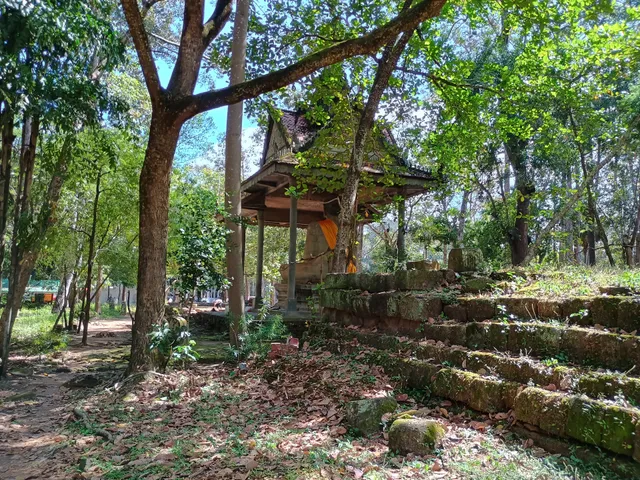
Wat Preah Ngok
4.3
(38)
Open 24 hours
Click for details
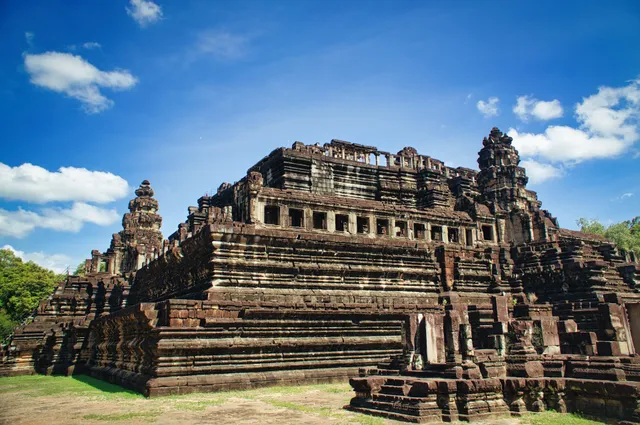
Baphuon Temple
4.7
(1.0K)
Open 24 hours
Click for details
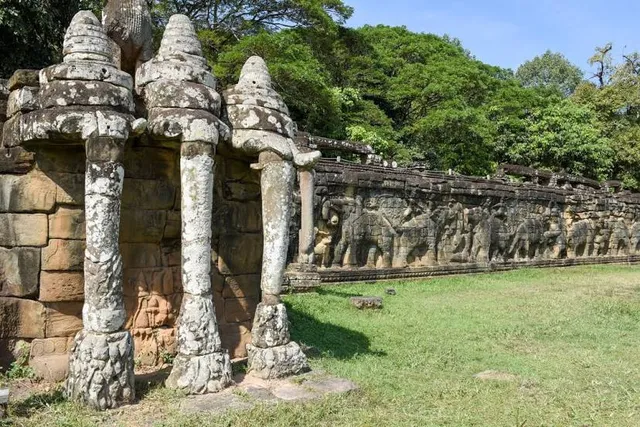
Terrace of the Elephants
4.6
(1.1K)
Open 24 hours
Click for details
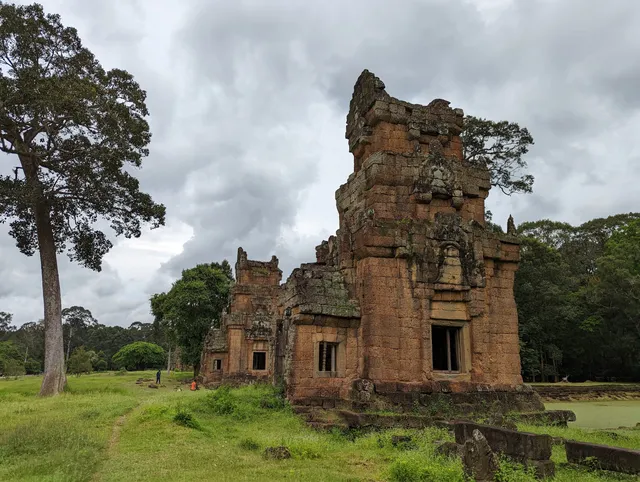
Suor Proat Temple
4.5
(80)
Open 24 hours
Click for details
Things to do nearby
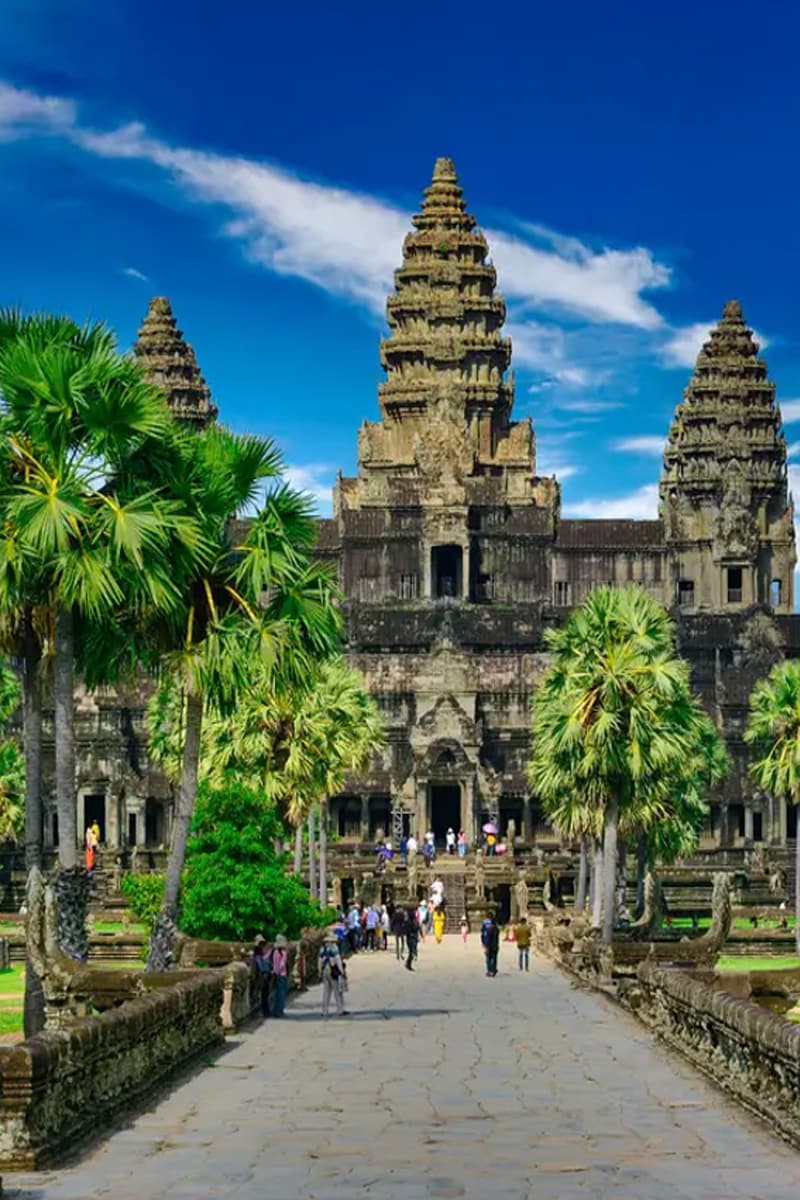
Admire Angkor Wat sunrise
Sun, Dec 28 • 4:30 AM
Krong Siem Reap, Siem Reap Province 00000, Cambodia
View details

Angkor Wat: Full-Day Guided Sunset Tour
Sat, Dec 27 • 9:00 AM
Krong Siem Reap, Siem Reap Province 171204, Cambodia
View details
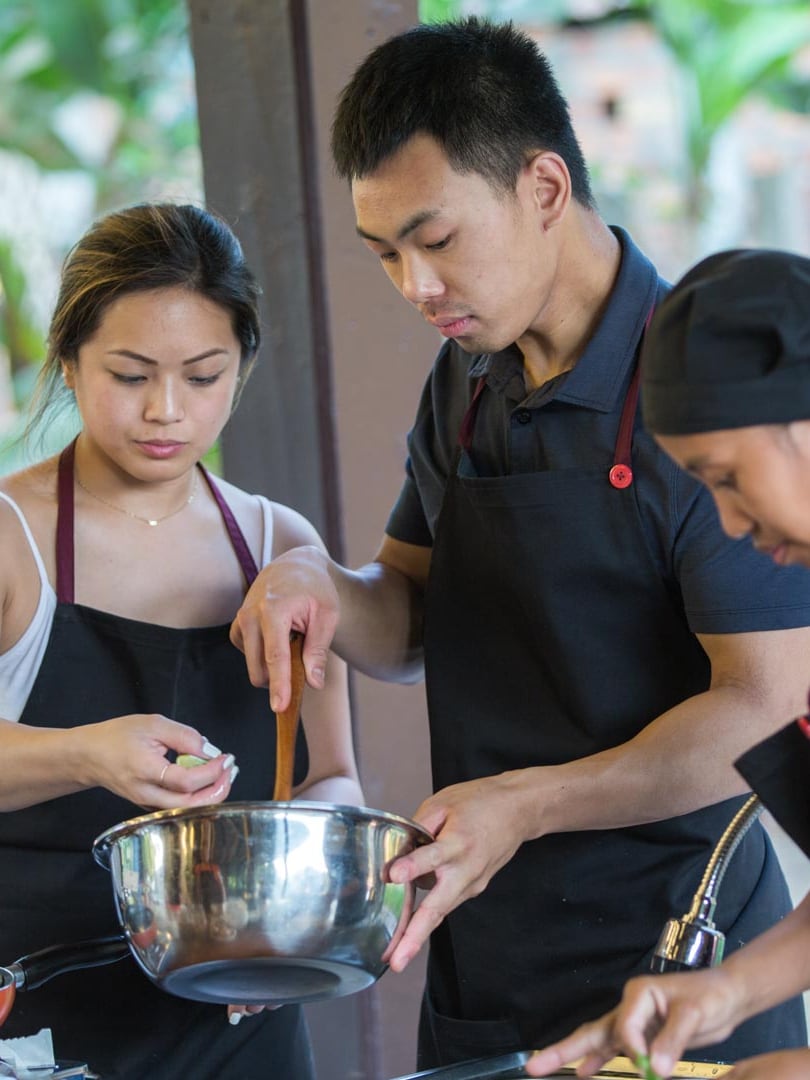
Study Khmer cooking with a local in Siem Reap
Sat, Dec 27 • 3:30 PM
Krong Siem Reap, Siem Reap Province 17254, Cambodia
View details
